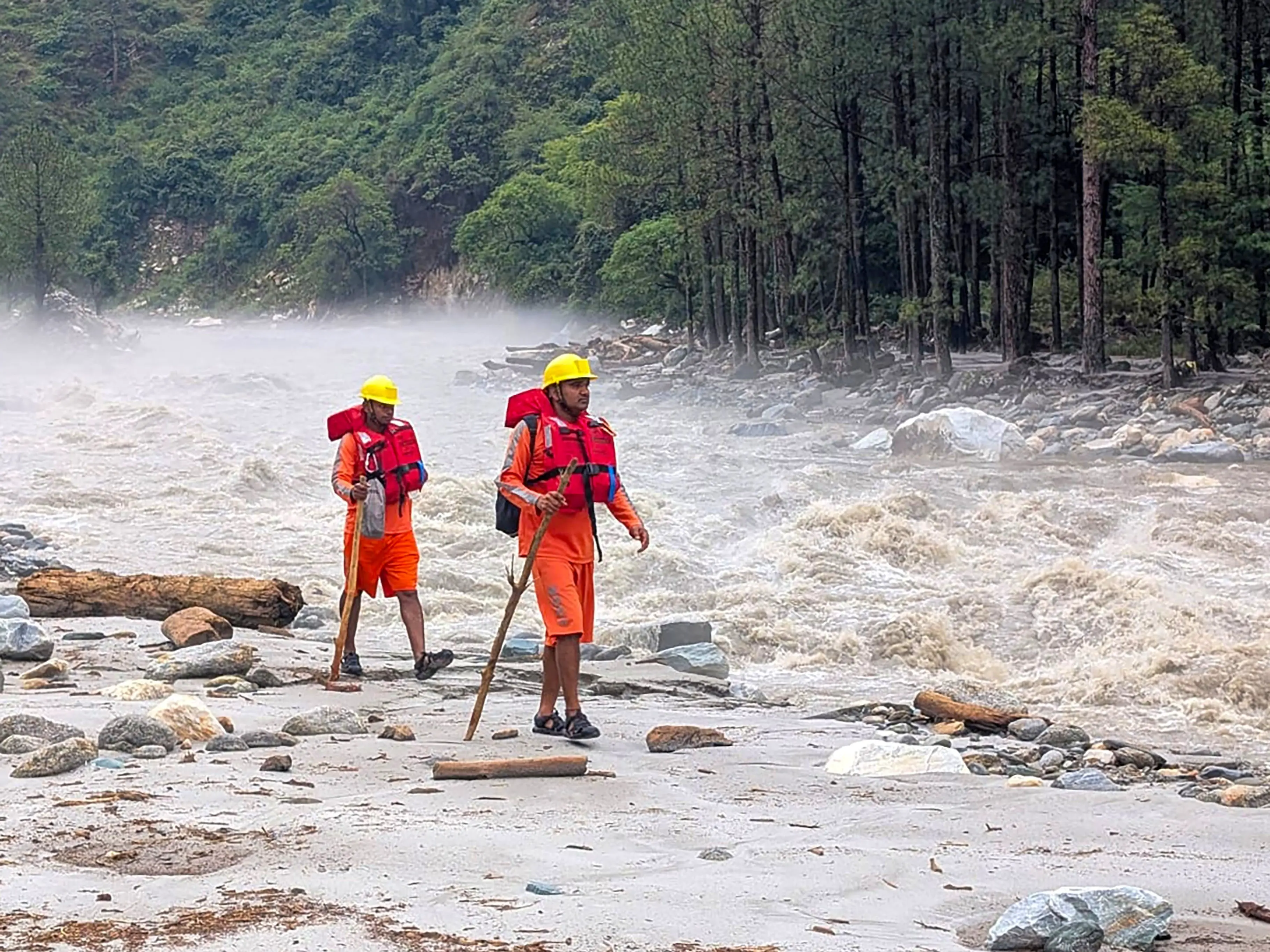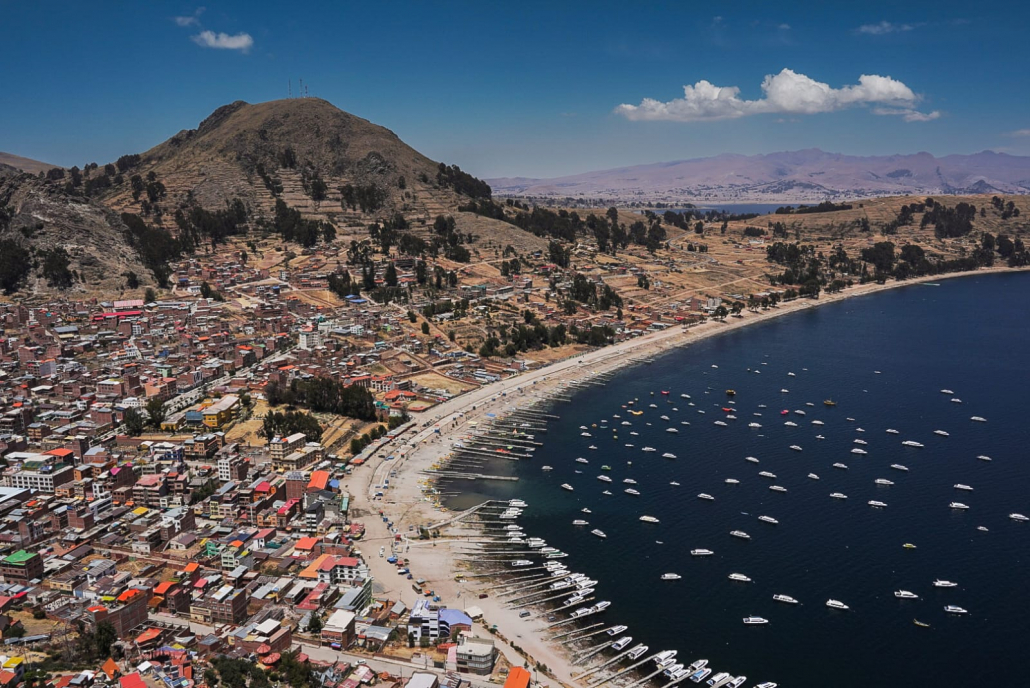Volcanic Vistas: Exploring the Birth of Fire
Volcanoes are awe-inspiring geological features formed by the Earth’s dynamic processes. They can be broadly categorized into three main types: shield volcanoes, stratovolcanoes (or composite volcanoes), and cinder cone volcanoes.
1. Shield Volcanoes Volcanic Vistas:
– Formation: Shield volcanoes are characterized by broad, gently sloping profiles and are primarily built by the flow of low-viscosity basaltic lava. These eruptions are generally non-explosive, allowing lava to spread over large areas, creating the shield-like shape.
– Active Regions: Notable shield volcanoes include Mauna Loa and Mauna Kea in Hawaii.
2. Stratovolcanoes (Composite Volcanoes):
– Formation: Stratovolcanoes are formed by alternating layers of lava flows, volcanic ash, and other volcanic debris. They often have a steeper profile due to the higher viscosity of their lava, causing eruptions to be more explosive.
– Active Regions: The Pacific Ring of Fire, including Mount St. Helens in the United States, Mount Fuji in Japan, and Mount Vesuvius in Italy, is known for its numerous stratovolcanoes.
3. Cinder Cone Volcanoes:
– Formation:Cinder cone volcanoes are typically smaller in size and built from pyroclastic fragments ejected during explosive eruptions. These fragments solidify as they fall back to the ground, forming the characteristic cone shape.
– Active Regions:Paricutin in Mexico is a well-known cinder cone volcano,A True Volcanic Vistas
Pantheon Parallels: A Cross-Cultural Examination of Powerful Gods | Maya (mayathevoice.com)
Active Regions and Origin History:
– The Pacific Ring of Fire is a horseshoe-shaped zone with intense volcanic activity, including the majority of the world’s active and dormant volcanoes. This region is associated with subduction zones, where tectonic plates collide, leading to magma generation and volcanic eruptions.
– The East African Rift is another significant area where the Earth’s crust is pulling apart, creating rift volcanoes like Mount Kilimanjaro.
Origin History:
– Volcanic activity is deeply rooted in the Earth’s internal processes. Magma, generated within the mantle, finds its way to the surface through volcanic vents. The movement of tectonic plates and their interactions, such as subduction and rifting, plays a crucial role in the formation and location of volcanoes.
In summary, volcanoes are captivating manifestations of the Earth’s dynamic nature, showcasing the ongoing interplay of geological forces that have shaped our planet over millions of years.

)

